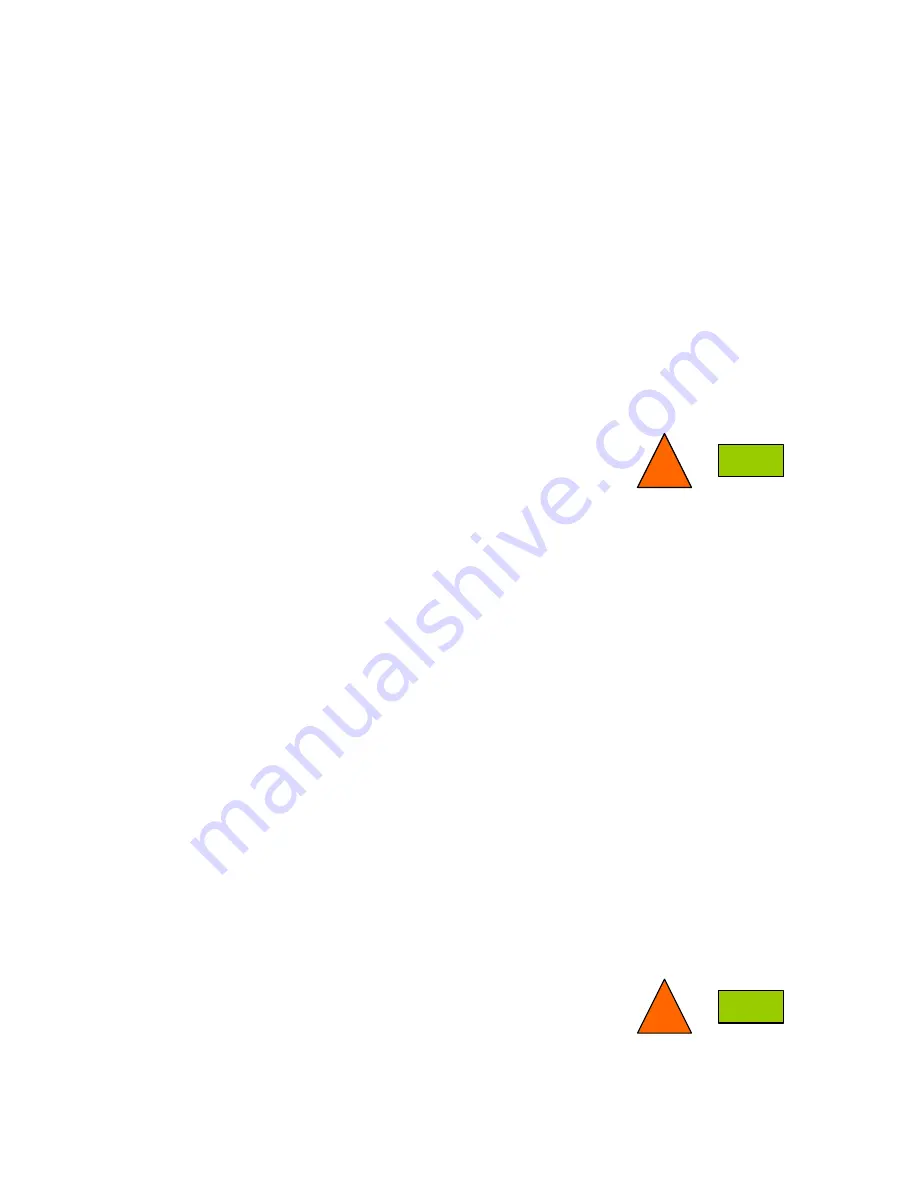
4
Very small changes in saddle position will make a big difference. Make only one change at a time, and only in
small steps until you have found your most comfortable position.
WARNING
After any saddle adjustment, be sure to tighten the saddle adjusting mechanism properly before riding.
Periodically check to make sure that the saddle adjusting mechanism is properly tightened.
3.3 Handlebar height.
After you have set the saddle position, adjust the handlebars for a safe and comfortable ride.
Loosen the stem bolt (below the hinge) by turning it counter-clockwise three or four turns .
Adjust the stem position as desired. Align the stem with the tyre and retighten the stem so that you cannot twist
the stem and handlebars. The Maximum Insertion or Maximum Extension marks must NOT be visible.
Now check to make sure that the handlebars can rotate freely in both directions without the brake cables
catching or binding on anything.
It is essential to thoroughly check that your bars and stem are tight and cannot be moved after you have made
any adjustments .
3.4 Control position adjustments.
The brake and shifting controls on your bicycle are positioned where they work best for most people. The angle
of the controls and the position on the handlebars can be changed. Ask your dealer to show you how, or to make
the adjustment for you.
3.5 Brake reach.
Many bicycles have brake levers that can be adjusted for “reach”. If you have small hands and find it difficult to
squeeze the brake levers, a qualified bicycle mechanic can either adjust the reach or fit shorter reach brake
levers.
3.6 Helmet.
Our advice is to wear a good quality helmet at all times whilst riding your bike!
3.7 Reflectors.
Reflectors are important safety devices that are designed as an integral part of your bicycle. In some countries,
regulations require every bicycle to be equipped with front, rear, wheel and pedal reflectors .
TOP
INDEX
TOP
INDEX































